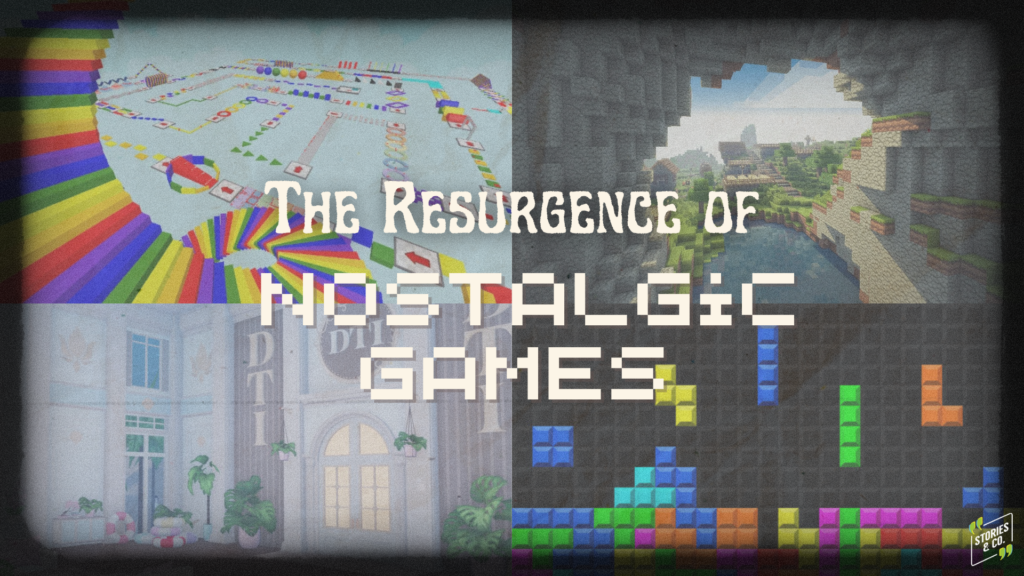Written by: Nur Dina, Natalie Choo, Jiya Sawlani, Ng Qian Yu, and Intissar Amberyn
Since the arrival of COVID-19, there has been a huge resurgence in the popularity of games that were once deemed childish and dead, with many teens and young adults reliving their past childhood experiences through popular game giants such as Minecraft and Roblox. But why are Gen Zs diving back into nostalgic experiences, and more specifically, why games of all things?
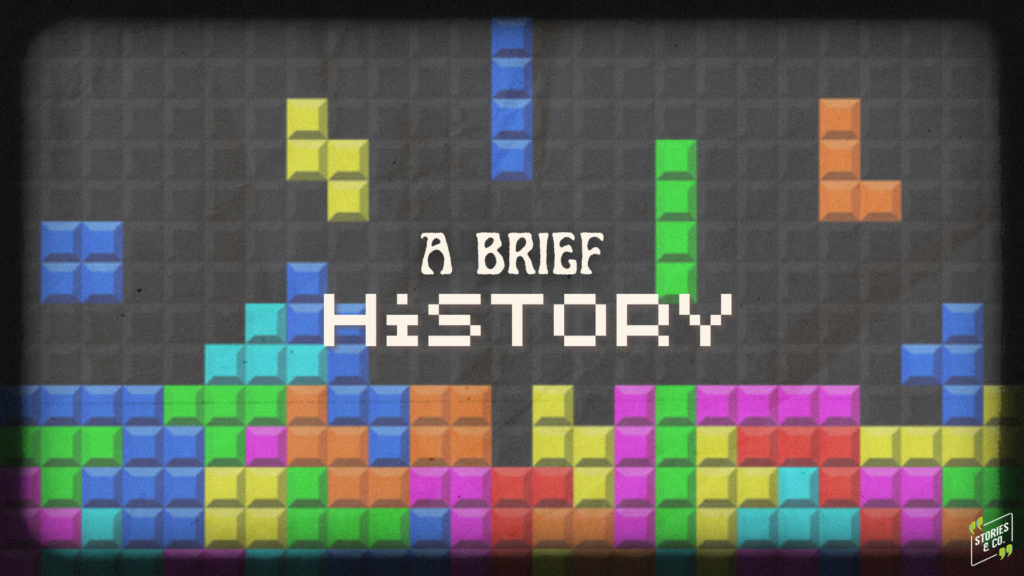
A brief history
Nostalgic games have become an outlet for teens searching for familiar comfort and a sense of community. One such example is Minecraft, a sandbox video game where you can explore, mine, and build with blocks in a 3D world. Released in 2009 by Mojang Studios, a Swedish game development company, it gained popularity for its unique gameplay and different modes that allow users to showcase their creativity.
The game saw a resurgence in popularity during the COVID-19 pandemic as YouTubers and Twitch streamers like Dream and Tommyinnit created content around Minecraft, providing entertainment and connection during a time of isolation. Regular updates also kept the game relevant and engaging, attracting both new and returning players. Today, Minecraft continues to grow with over 200 million copies sold and 125 million monthly active players worldwide.
Another example is Roblox, an online community platform where you can create and play games. Launched in 2006, it hosts a variety of user-generated games such as obstacle courses, simulations and role-playing games. Players can customise their avatars, interact with others, and spend Robux (Roblox’s virtual currency) to unlock exclusive features. The platform surged in popularity during the pandemic, adding more than 180 million users over the past 3 years alone.
While Roblox is mainly popular with younger audiences, one new game is luring Gen Zs back to this nostalgic virtual playground. Dress To Impress (DTI) is a fashion competition game released in November 2023, where players are given a time limit to style their character based on a given theme, and vote for the best-dressed player in each round.
“Express your style, meet new friends and embark on a stylish journey,” reads the description of the game on Roblox. Reminiscent of our childhood dress-up games, DTI offers customizable clothes, accessories, hair, and makeup for players to express their creativity.
The game went viral on TikTok, capturing the attention of celebrities like Charli XCX, who recently collaborated with DTI to create an in-game event inspired by her latest album, Brat. This collaboration introduced exclusive clothing and accessories in her signature Brat Green, along with Brat-themed competitions and runway poses. The event helped DTI amass over 4 million visitors, marking its status as a pop culture phenomenon.
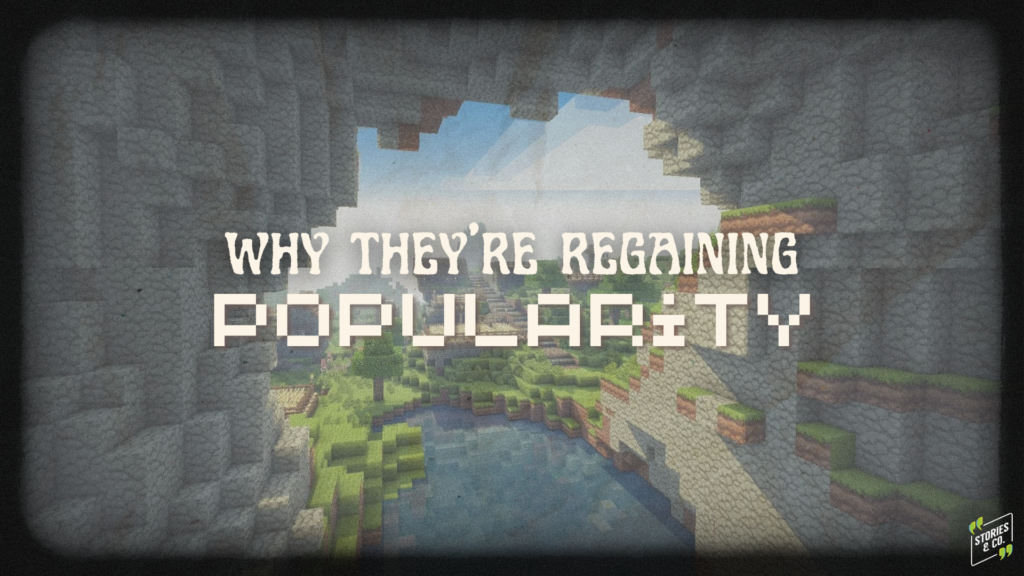
Why they're regaining popularity
Games like Minecraft, Roblox, and Tetris have become popular again over the years, with people of all ages coming back to revisit these games. Retro games are making their reappearance in many youths’ lives because of nostalgia.
Nostalgic games like these appeal to us as they remind us of our childhood times — back when life was simpler and we were unburdened with no heavy responsibilities. According to PsychologyToday, nostalgic gaming memories were correlated with feeling more connected in the present moment, reinforcing the social nature of nostalgia. Hence, when we play these games again, they take us on a trip down memory lane with familiar graphics, music, and gameplay we used to cherish so much in childhood.
Another reason could be that these games are comforting. Based on ScienceDirect, as with nostalgia induced in other domains, gaming-induced nostalgia has been demonstrated to positively influence both subjective well-being (such as life satisfaction) and psychological well-being (personal flourishing).
Since retro gameplay mechanics and graphics are familiar and comforting, one can relive good memories anytime, or even as a way of escapism to seek out familiar solace. Therefore it is no wonder that nostalgic games are getting popular again.
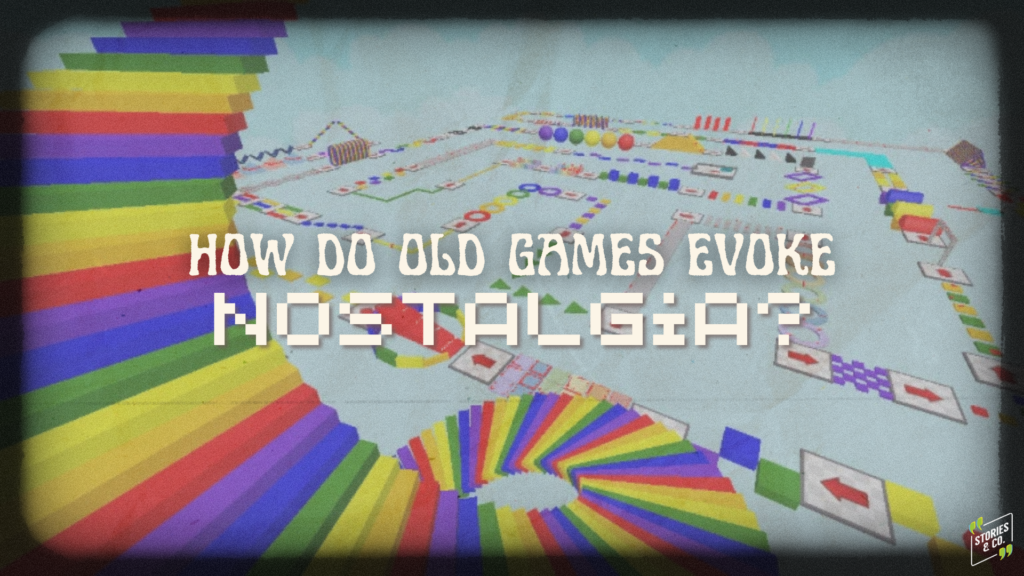
How do old games evoke nostalgia?
As video games grow and mature, so do we. With the simplicity of childhood beginning to fade like a distant memory, these video games are able to travel us back in time, when everything was a little more carefree. According to a 2018 study done by Cogitatio Press, nostalgia can be triggered through external means with the use of sensory stimuli in one’s surrounding environment. This means that consuming media from video games through means such as visuals and music are able to elicit this mixed state. The familiar soundtracks, pixelated visuals, and memorable dialogue lines by previously beloved characters are all able to reignite that initial thrill when we first experienced them.
Ethel Toh, a student from Temasek Polytechnic’s Diploma in Banking and Finance, is one such player that has been hit with nostalgia while playing such games.
“Even as we grow and evolve over the years, these games remain the same. They provide us with the same, unchanging experiences that make up a large chunk of our childhood. It’s reassuring to know that even as things change, these video games are there for us. They remind us of the good times when we had less responsibilities.”
She even recalls her own encounter with video game nostalgia: “I recently re-downloaded Temple Run after years of not playing the game. As I advanced through the levels, I was instantly reminded of the afternoons I spent as a kid, challenging the same levels with just as much frustration and then celebrating when I finally got past them. It’s not an entirely happy experience, but it was oddly comforting— a reminder of when beating levels in a game was all it took to feel victorious.”
Sometimes, it’s not just about the game itself. The atmosphere, the adrenaline, and the wonder that comes rushing back as we play these games tap into the emotions we associate with our past, creating a powerful sense of nostalgia.
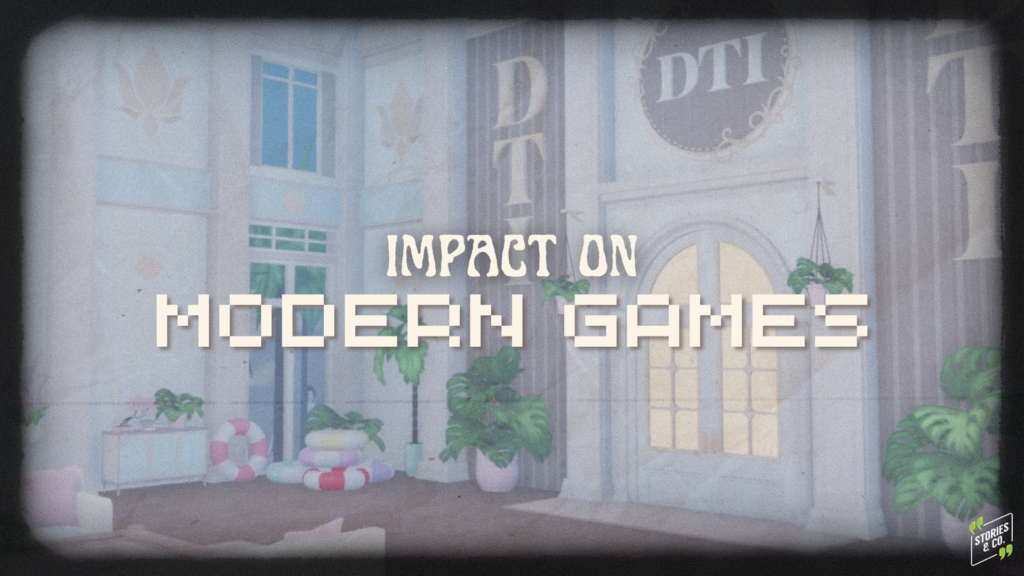
Impact on Modern Games
Other than the impact these games leave in our hearts, they exert a similar influence in the gaming industry as well. Their skyrocketing popularity has sparked an impact for future games to adopt their style.
Take for example, Roblox’s system of low barrier game development. Making use of a simple and accessible platform called Roblox Studio, it creates a space for users to unleash their creativity and bring to life the games they have in mind.
According to an article by Brite, Roblox uses the Lua programming language, which is easy for beginners to learn to create their own custom games. In addition, the Roblox Developers (dev) team uploads many detailed tutorials on YouTube to provide a helping hand for beginner game developers. These guides range from easy to advanced to cater to different skill levels of game developers. This promotes a platform for user generated content, allowing Roblox to be constantly filled with exciting and fresh content. Games such as Zepeto have been inspired by the popularisation of this user generated content mode by Roblox. Similarly, users on Zepeto can create outfits and games through a platform called Zepeto Studio.
Besides the accessibility of those games for users to express their creativity, the playstyles of these nostalgic games are shared in numerous games following their popularity. After the positive reviews received from players young and old on Minecraft, praising the sandbox game for its simplicity and free rein for self exploration, many games have hopped on board to establish a similar playstyle for its players as well.
One such example is Stardew Valley, a farm life simulation roleplaying game. In Stardew Valley, players start from scratch and engage in establishing their farm and building wealth and relationships, much like Minecraft but with slight differences in gameplay. Minecraft is loved by players for its relaxing quality through its immersive world and simple tasks, and Stardew Valley follows this aspect. Both games faciliaejue same time, providing them with a more enjoyable playing experience.
So, if you ever need to de-stress, why not open your device and check out some games? There’s no shame in re-experiencing the joy and fun these ‘childish’ games have brought you in the past, and you certainly wouldn’t be the only one doing it as well!

